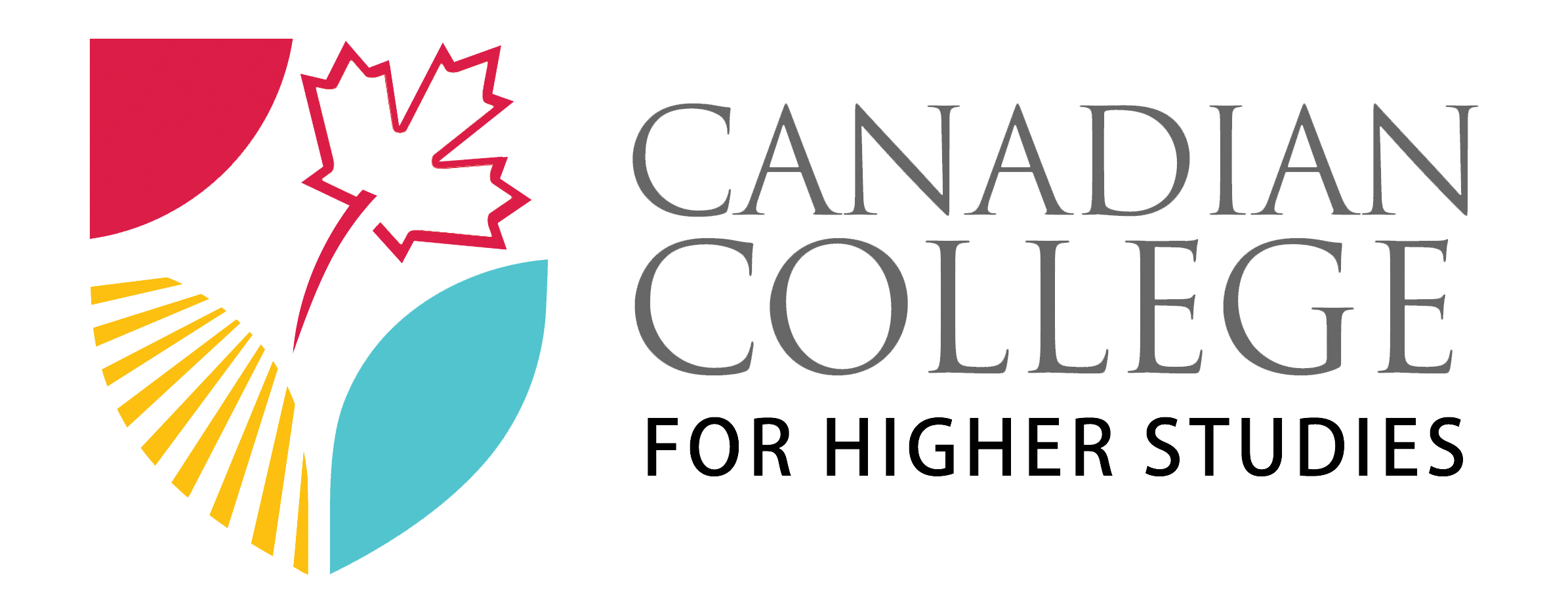There are only a few countries in the world that has a larger senior population than children. It is debatable whether this is good or bad; but this particular feature requires special attention and preparation by the government and people to cope with. According to Statistics Canada, Canadian seniors outnumbered children with 5.9 million seniors, compared to 5.8 Canadians aged 15 or younger. Canada also boasts one of the highest life expectancy ( about 82 years ) of industrialized nations.
As people get older, they need more health care, which puts increasing demand on medical and health care sector. The health care sector is one of the fastest growing in Canada. Health related occupations will grow at a faster rate that other jobs as the aging population require more health services. This industry has a low unemployment rate and is generally not affected by changes in the economy.
Not only the aging population, in Canada cancer continues to be the leading cause of death and diabetic patients of 20 years and older almost doubled between 2000 and 2011. Moreover there are issues of food insecurity, mental health, obesity, etc. Canada is also determined to achieve the United Nations Sustainable Development Goal (SDG). SDG’s third goal says “Ensure healthy lives and promote well-being for all at all ages by 2013”.
As a result of all above reasons Medical Health Office Administrator was one of the 5 most in demand jobs for 2017. Department of Labor and Statistics projected a growth of 21% until 2024, much faster than the average for all occupations.
A person with a Diploma in Medical and Health Office Administration can easily join this very demanding workforce. The diploma is a blend of medical sciences and administration that produce innovative, enthusiastic and self-motivated healthcare professionals. The program equips students with a holistic set of skills and knowledge related to health, medical office management and various other divisions related to socio-medical sciences. The program enhances the students’ knowledge about the United Nations, its various sub-divisions especially the World Health Organization (WHO). Along with microbiology, biochemistry, and medical terminologies students also learn about public health and sociology that help them to understand demography and social determinants of health. Furthermore, the program focuses on cognitive skills, electronic data management, Microsoft Office applications, health insurance policy, billing procedure, hr, research methodologies, project management, presentation skills, etc.
The graduates of the program will be ready for a career in medical administration, a stable and secured sector of employment. The average unemployment rates for health care workers have been between 1.3% and 2.6% for the last 13 years, while rates for all workers fluctuated between 7% and 11% over the same time period. The average salary for health administration related jobs is $57,106 per year.
So, there are valid reasons to consider working in healthcare sector. But healthcare job is not just a job. Above all the materialistic rationale there is the ultimate satisfaction and peace of mind to serving the aged, the ill, the sick kids, and the suffering humanity.

